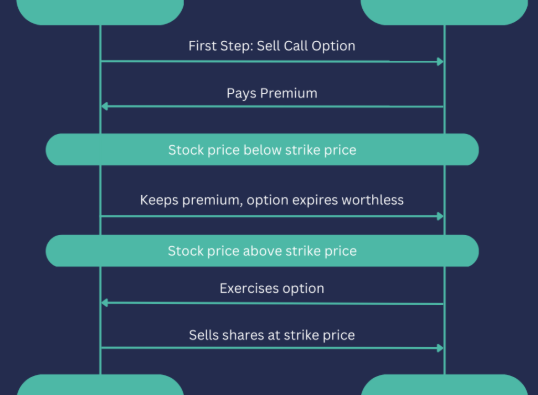
In recent years, inflation has fluctuated, with the most significant spike occurring in 2022. As of mid-2024, inflation has decreased, but concerns remain about its potential return. Alongside this, the stock market has experienced significant volatility, yet has reached new highs. Given this environment, many investors are actively seeking ways to protect their money from inflation while earning a steady return. High-yield savings accounts and Treasury Bills are common options, but for those seeking further inflation protection, I bonds may be the ideal solution.
What Exactly Are I Bonds?
I bonds, also known as Series I Savings Bonds, are unique, government-backed securities designed to safeguard your purchasing power against inflation. These bonds are attractive because their interest rates adjust based on inflation, offering a way to earn returns that reflect the changing economic landscape.
The rate of return on I bonds consists of two parts: a fixed rate and an inflation rate. This means the bond’s interest rate fluctuates every six months in response to inflation. For newly issued bonds, the annualized return is currently 4.28%, a rate available through October 31, 2024.
Who Can Buy I Bonds?
I bonds are accessible to anyone who is a U.S. resident, civilian, or legally employed. They can even be purchased by minors, trusts, estates, corporations, and other entities. One of the easiest ways to purchase these bonds is through the Treasury Direct website, which allows users to buy them electronically. You can purchase up to $10,000 in I bonds per year, with an additional $5,000 available if you use your federal income tax refund.
How Do I Bonds Work?
The interest on I bonds starts to accumulate from the first day of the month in which they are issued. These bonds can earn interest for up to 30 years, though investors can choose to cash out after a year. However, if you redeem the bonds within five years, you’ll lose the last three months’ worth of interest.
For those looking to understand how I bonds protect against inflation, it’s important to note that there are two main components to the interest rate:
- Fixed Rate: This is a rate set when the bond is issued, and it remains the same throughout the bond’s life. For example, I bonds issued from May 2020 to May 2022 had a fixed rate of 0%. However, for bonds issued after May 2024, this rate is set at 1.4%.
- Inflation Rate: This is the component that fluctuates based on current inflation. For bonds issued between May 1 and October 31, 2024, the inflation rate is 2.98%.
Every six months, the interest earned on I bonds is added to the principal value, and the next interest calculation is based on the new, higher principal.
The Tax Treatment of I Bonds
While I bonds are exempt from state and local taxes, they are subject to federal taxes. However, if the bonds are used for qualifying educational expenses, they may be tax-free. Investors have the option to either report the interest income when it’s earned or when the bonds are sold or mature. Most individuals choose the latter.
Are I Bonds Right for You?
I bonds can be an excellent investment option for anyone seeking a secure way to combat inflation. They provide a reliable return that adjusts with the market, offering a unique advantage over other bonds that may decline in value. Whether you’re new to investing or are simply looking for a low-risk option to diversify your portfolio, I bonds offer a flexible and safe way to protect your financial future.









